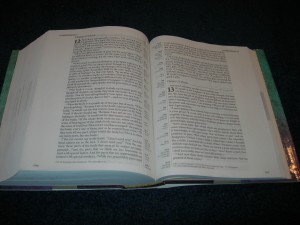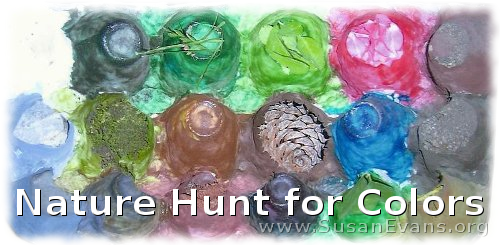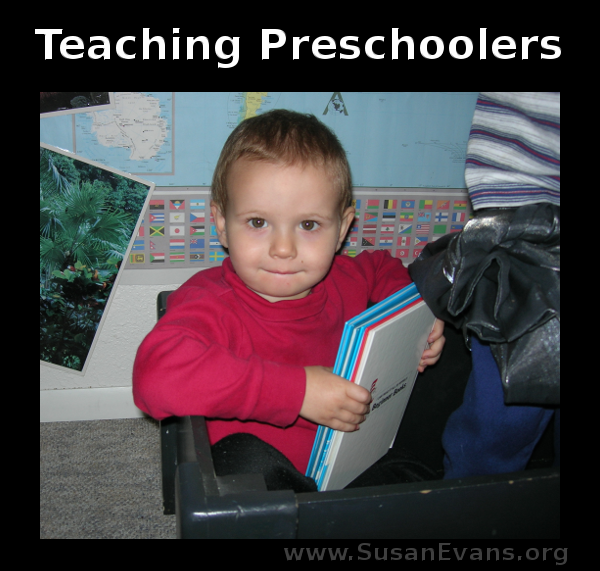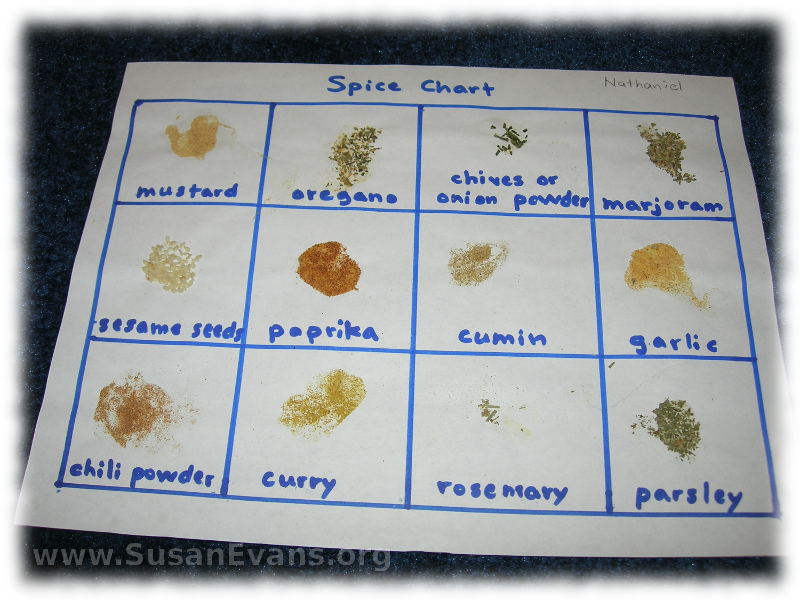 This is a humbling story about a toddler who taught me what love meant.
This is a humbling story about a toddler who taught me what love meant.
One morning when my oldest son was 3 years old, I was lying down, exhausted from potty training a boy who was making no progress. I was tired of cleaning up pee, and the smell of Lysol permeated the house. I was frustrated and angry with my son. I prayed that God would help me not to be so exasperated.
I looked at my son, who was sitting next to me on the bed. Despite how bad the morning had gone, I wanted my son to know that I loved him. I said, “I love you.”
He hugged me and said, “I love you, too.”
It occurred to me that he didn’t know what love meant. I asked him, “Do you know what love is?”
“Hugs.”
“It’s more than that,” I said. I tried to think of how to explain it, when I Corinthians 13 came to mind. “Love is patient…”
Suddenly my 3-year-old son recited the rest of the passage, which he had learned when he was 2. “Love is kind. It does not envy, it does not boast, it is not proud. It is not rude, it is not self-seeking, it is not easily angered, it keeps no record of wrongs. Love does not delight in evil but rejoices with the truth. It always protects, always trusts, always hopes, always perseveres. Love never fails.”
There was a lump in my throat as I fought back tears. I felt convicted by the Word of God out of the mouth of my toddler. I knew I had not shown love that morning to my son, that I had disobeyed the majority of that passage. I realized that my “I love you” meant nothing because I hadn’t done it. I resolved within my heart that I would change.
Out of the mouths of babes…






